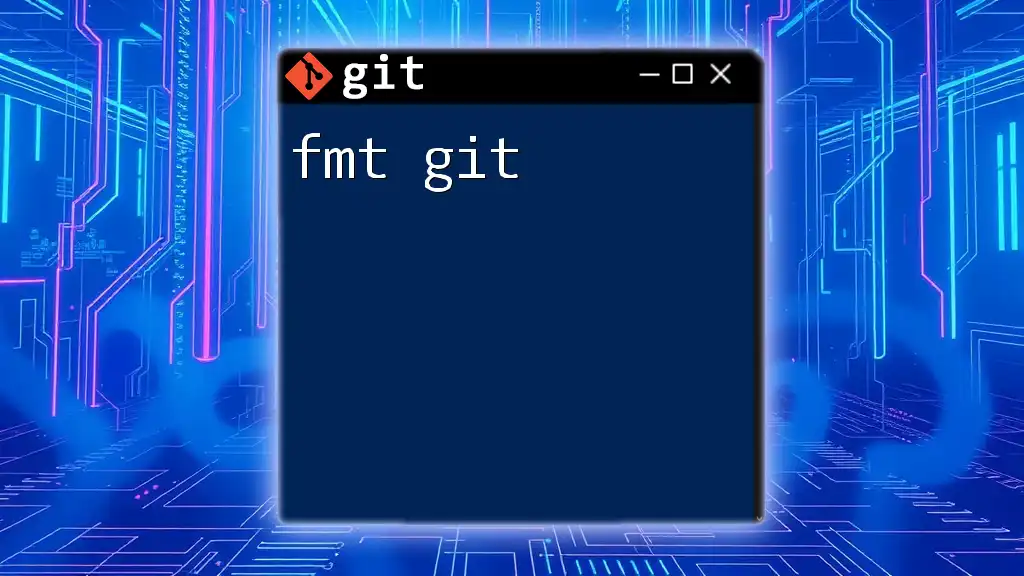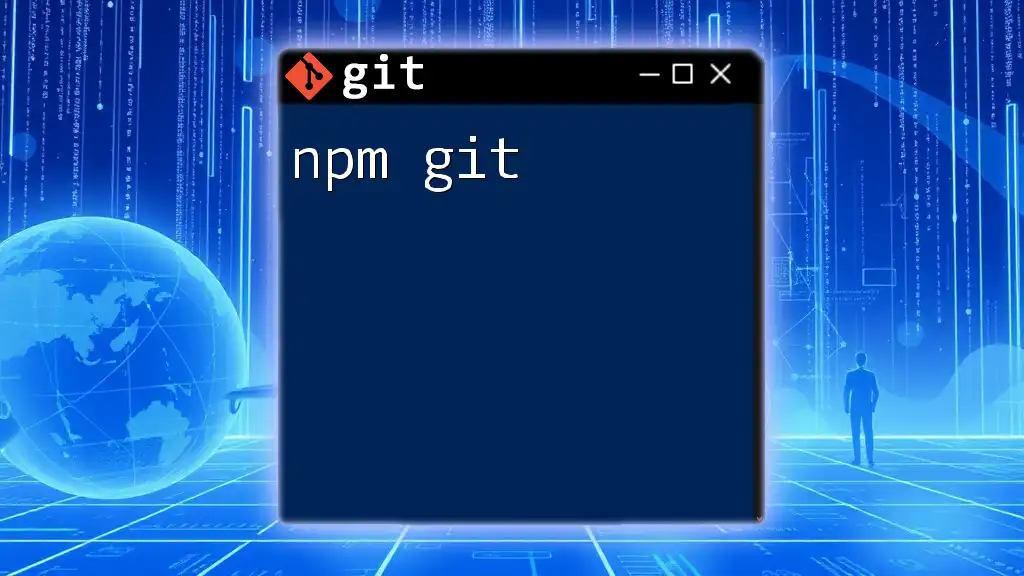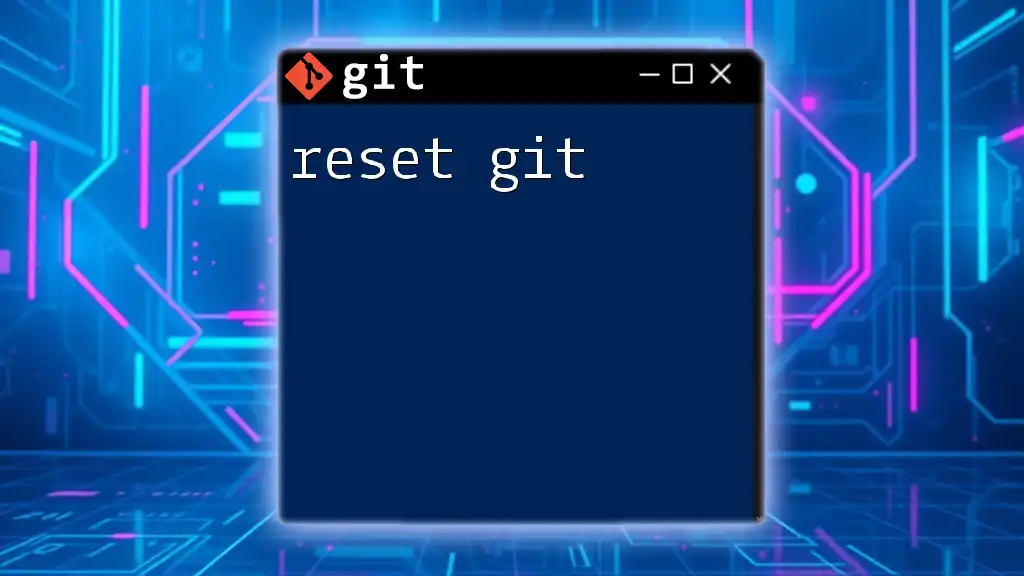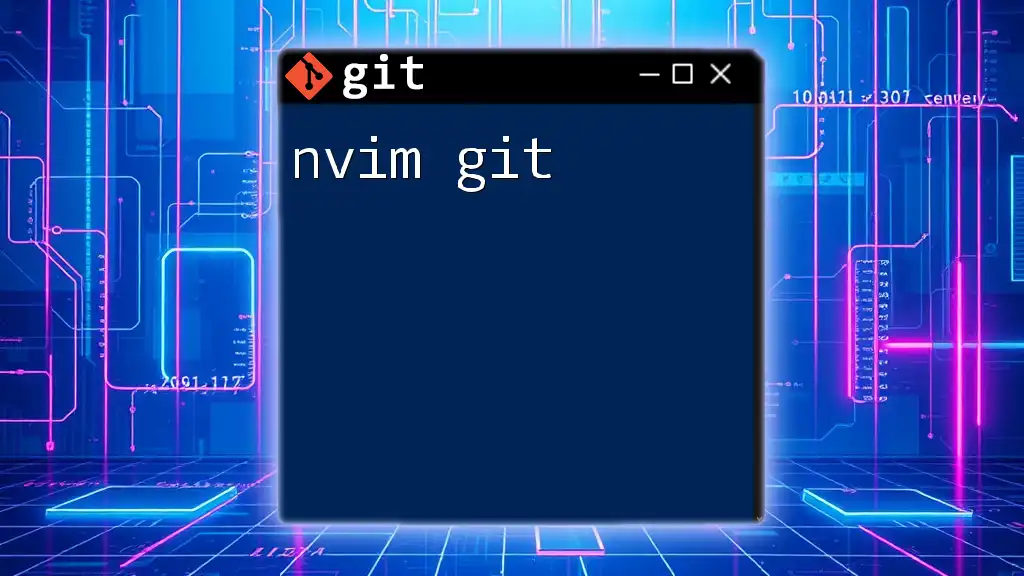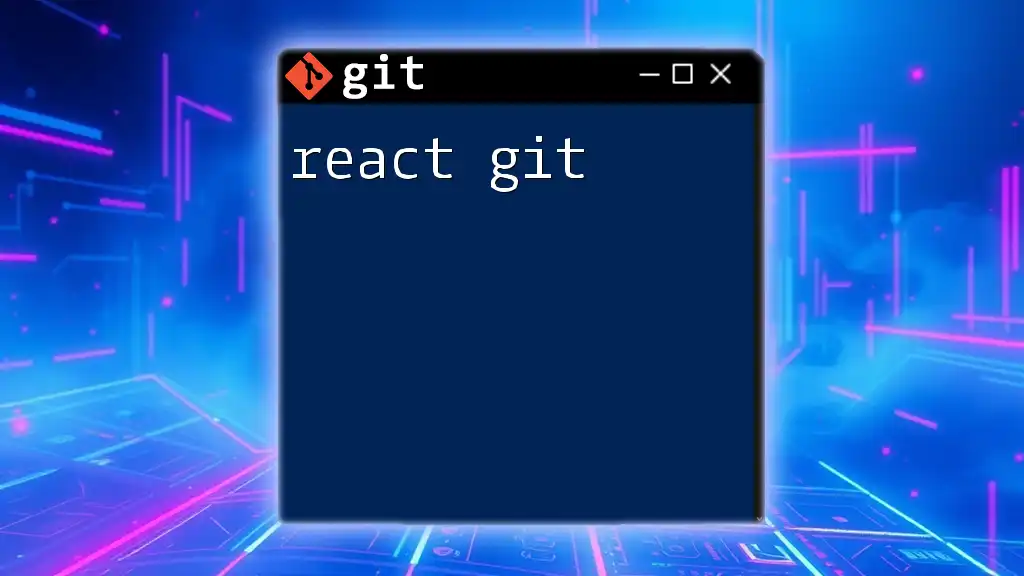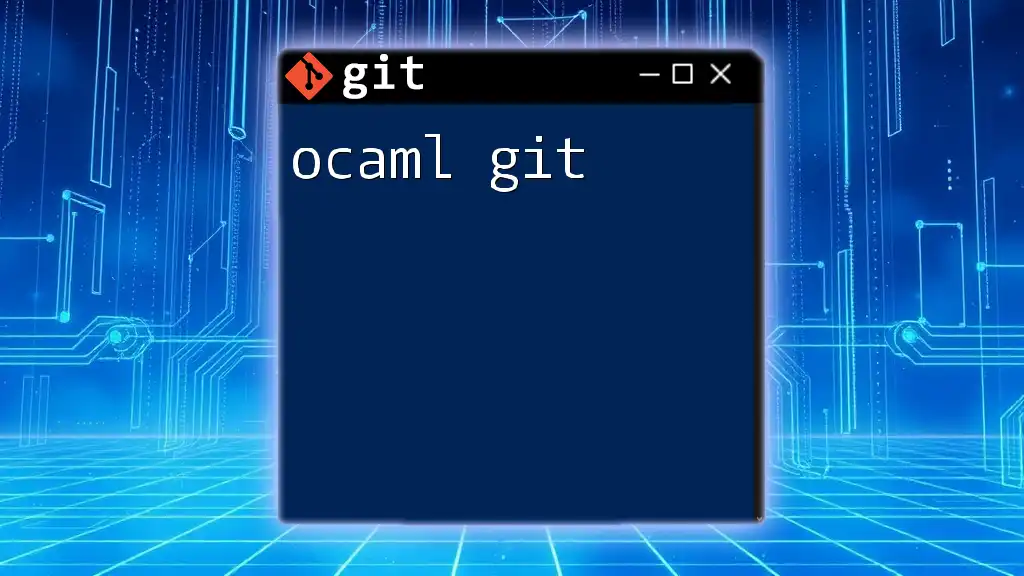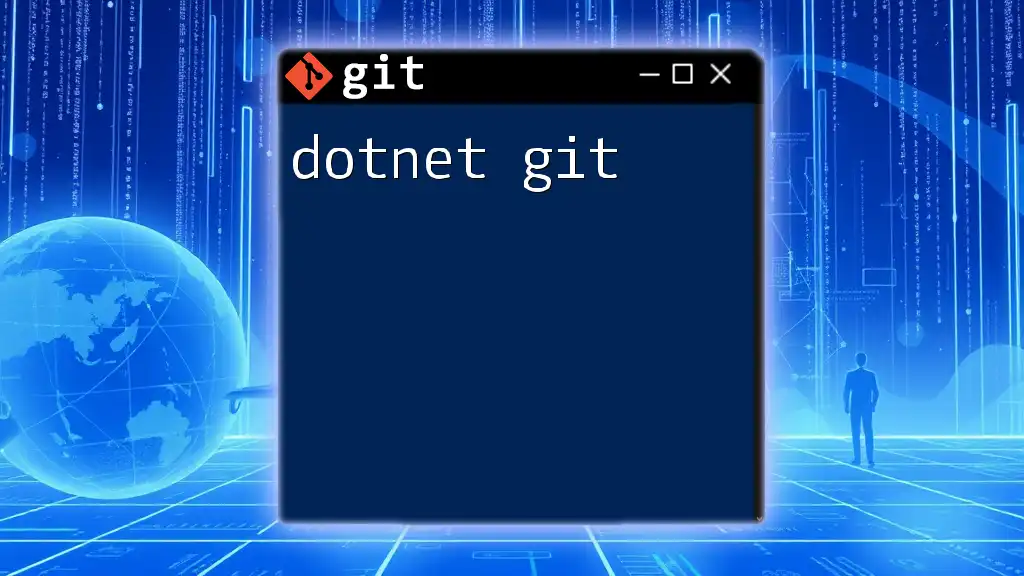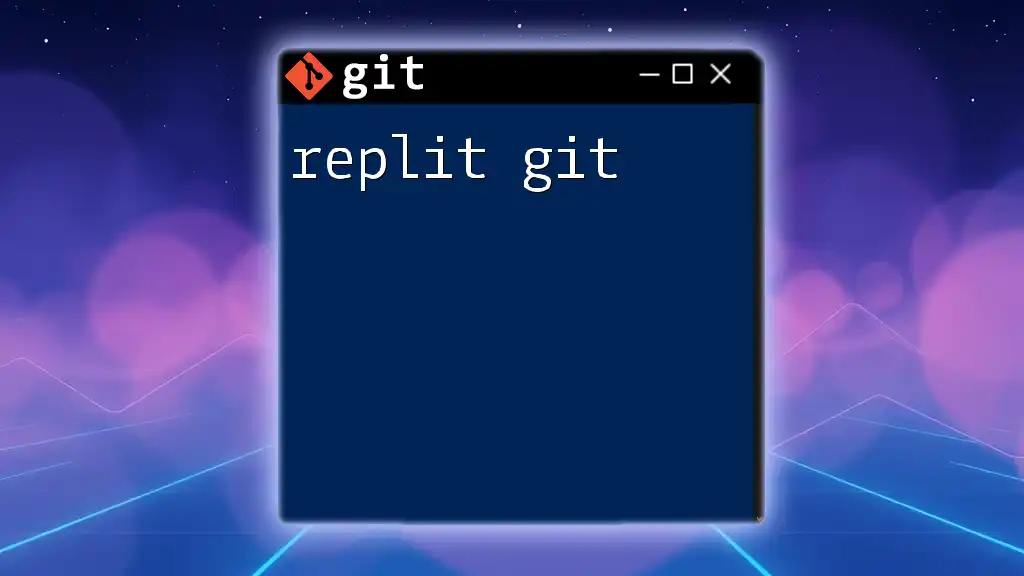The `fmt` command in Git is not a specific Git command but can refer to formatting text in various contexts; however, when working with commits, you can ensure that your commit messages are properly formatted using the `git commit` command with the `-m` option.
Here's an example of how to use it:
git commit -m "Add feature: Implemented user authentication"
What is `fmt git`?
Definition of `fmt`
The `fmt` command is a Unix utility that formats text paragraphs by wrapping and breaking lines to a specified width. In the context of Git, `fmt git` refers to the usage of this command within Git repositories to enhance code readability as well as maintainability.
Purpose of `fmt git`
Using `fmt git` serves a vital role in formatting code and text files for better clarity. Properly formatted files are essential in collaborative environments, where multiple developers contribute to the same codebase. The goal is to ensure that each piece of code is easy to read and understand, facilitating easier reviews and collaborative efforts.
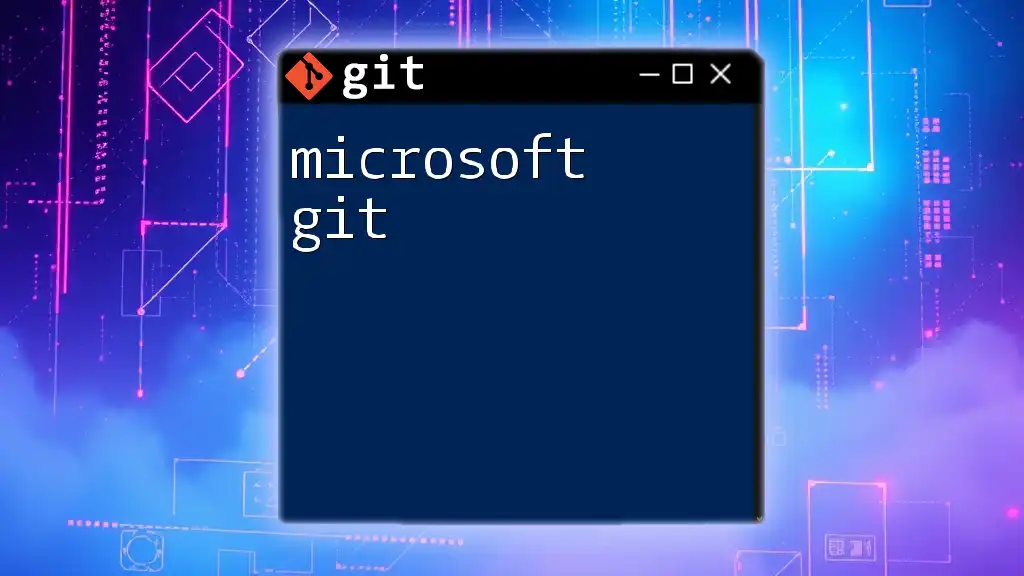
Using `fmt git` in Your Workflow
Getting Started with `fmt git`
To begin using `fmt git`, ensure that you have Git installed on your development machine. You will be primarily interacting through the command line, so familiarity with terminal commands will be beneficial.
Basic Syntax of `fmt` Command
The syntax for the `fmt` command can be simplified to the following structure:
git fmt [options] [<file>...]
This simplicity enables quick adjustments to code files while working on various Git projects.
Commonly Used Options
`-w` Option
The `-w` option specifies the width of the text. By default, `fmt` wraps lines at 72 characters, but you can customize it according to your project requirements. For instance, if you want to format a JavaScript file to a width of 80 characters, you would run:
git fmt -w 80 my_script.js
This command ensures that all lines in `my_script.js` are adjusted to fit within the specified width, improving readability.
`-s` Option
The `-s` option condenses whitespace within the file, ensuring that there are no extra spaces or blank lines. For instance, if you want to clean up a Python script, you can use:
git fmt -s my_script.py
This command not only formats the file but also removes unnecessary spaces, making your code cleaner.
Practical Steps for Using `fmt git`
Formatting a File
To format a specific file, simply use the `git fmt` command followed by the filename. For example, if you're working on a shell script named `deploy.sh`, you may run:
git fmt deploy.sh
This command applies the default formatting to `deploy.sh`, ensuring it adheres to established readability standards.
Formatting Multiple Files
If you have several files that require formatting, you can list them all in the command. For example:
git fmt file1.sh file2.js
This command applies the formatting options to both `file1.sh` and `file2.js`, streamlining your workflow.
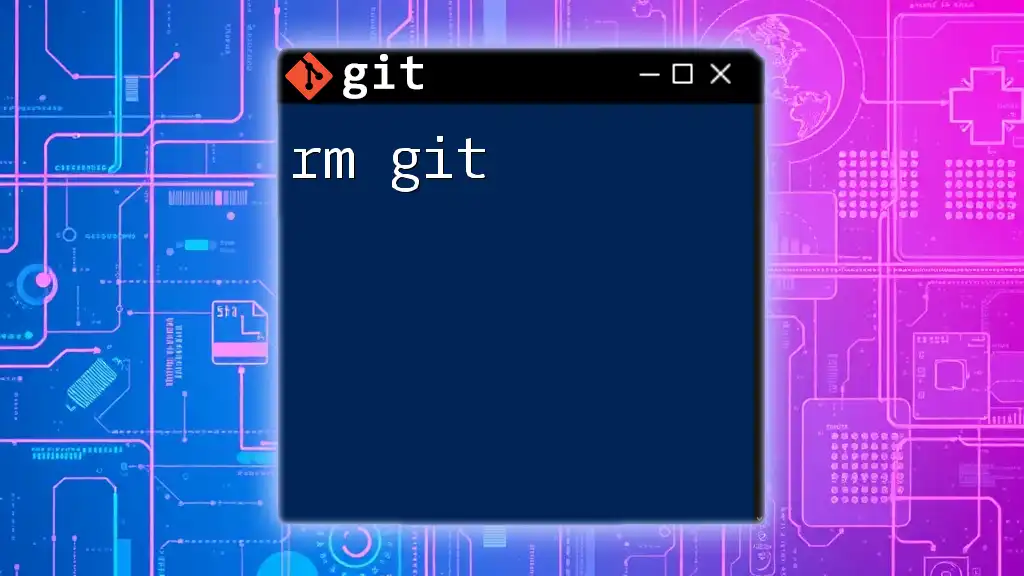
Best Practices for Using `fmt git`
Keeping your Code Clean
Consistent code formatting is not only key to readability but also crucial in enhancing maintainability. Use `fmt git` regularly to ensure that all contributors follow the same formatting guidelines. This practice helps in mitigating merge conflicts and eases code reviews.
Integrating `fmt git` into Your Workflow
Incorporating `fmt git` into your daily workflow can significantly enhance your coding efficiency. You might consider setting up pre-commit hooks in your Git configuration. A pre-commit hook can automatically run `fmt git` on files before they are committed, ensuring all code adheres to formatting standards without requiring manual intervention.
Additionally, using integrated development environments (IDEs) or text editors that support shell command integrations can elevate the process further. Tools like Visual Studio Code or Sublime Text can be configured to run the `fmt git` command automatically as part of your save process.

Troubleshooting Common Issues
Common Error Messages
Some users may encounter error messages while using `fmt git`. Common issues can stem from incorrect file paths or attempting to format files that do not exist. Always ensure that you are in the correct directory and that the files you wish to format are present.
FAQs
What if I make a mistake?
If you encounter formatting issues after using `fmt git`, you can always revert changes by using Git's version control capabilities. Simply check out the previous commit before the changes were made.
Can I customize the formatting options?
Yes! The `fmt` command allows for various options to be used, and different formatting styles can be implemented by adjusting the command options.
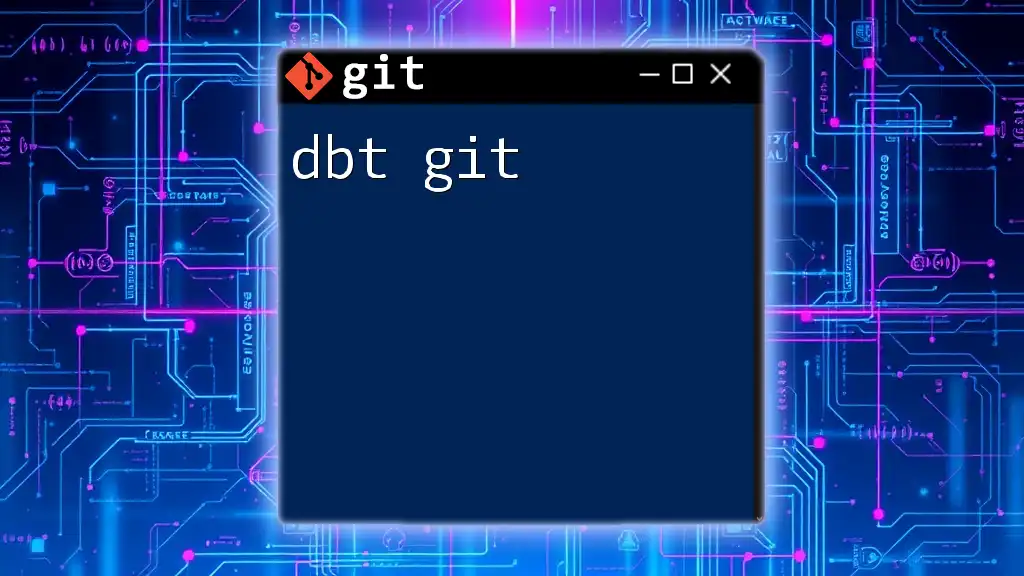
Conclusion
In conclusion, utilizing `fmt git` is an effective way to maintain a clean, readable codebase. By integrating this simple command into your workflow, you can significantly enhance the quality of your code and improve collaboration among team members. Remember, consistent formatting is key to successful software development!

Additional Resources
For further reading on `fmt git` and Git in general, consider exploring the official Git documentation. Engaging in community forums can also provide additional insights and experiences from other developers.
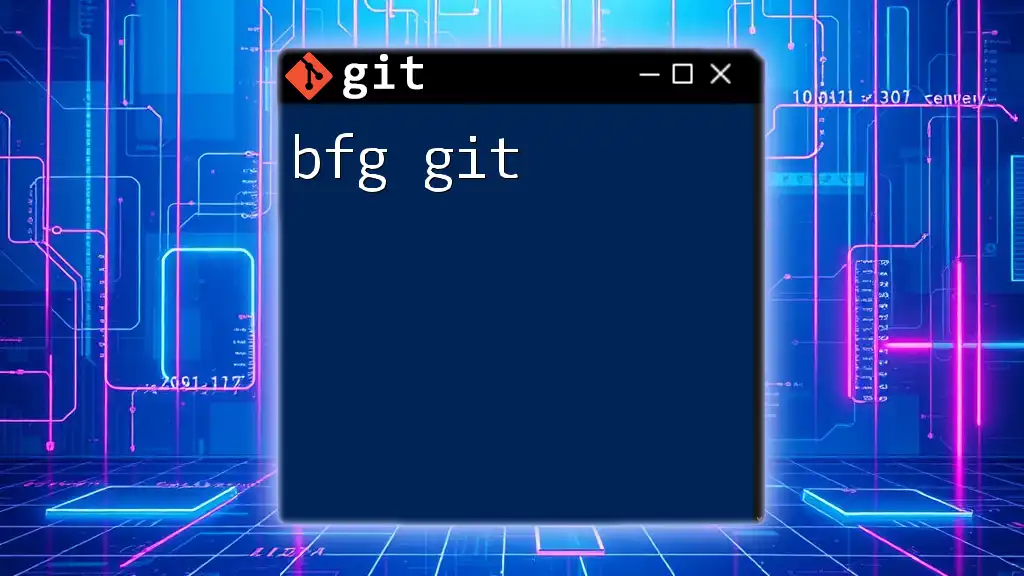
About Us
We are dedicated to educating developers on the effective use of Git commands, including `fmt git`, to facilitate smoother project workflows and enhance coding practices. For more information or assistance, feel free to reach out!

